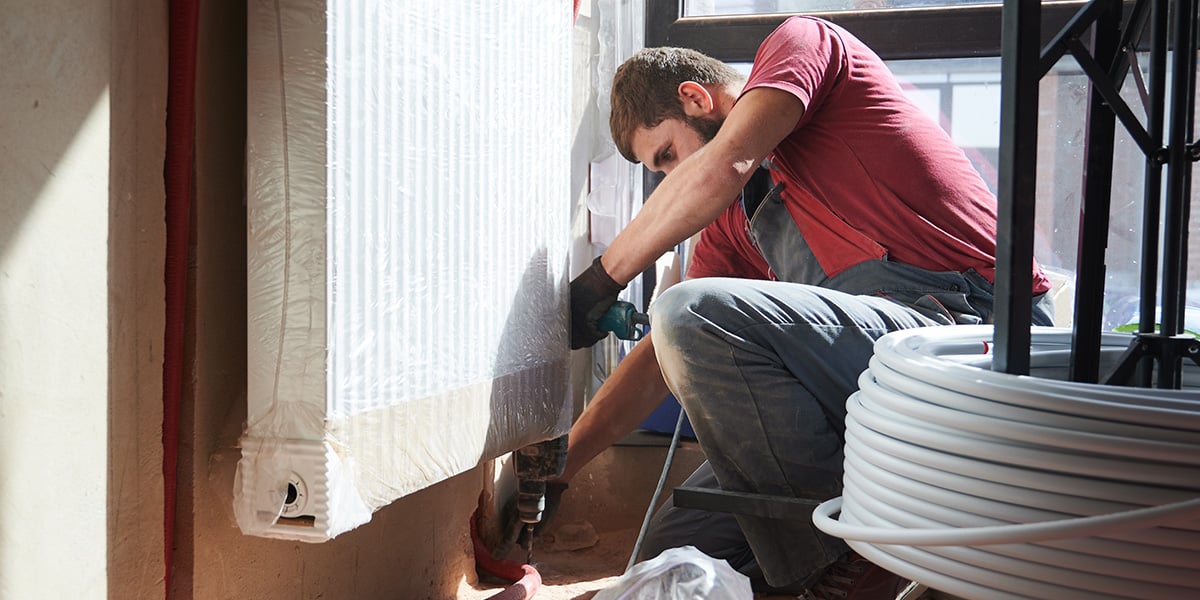
What Costs Are Involved in Flipping Houses?
The costs of flipping a house will vary from project to project, of course. But when seeking loans for flipping houses, it helps to know how to estimate what the particular costs of a project might be. This will ensure that a borrower not only secures enough financing for purchasing the home, but also for the additional costs involved in flipping a home.
There are standard costs that can be easily calculated, such as the purchase price, proposed renovation costs, marketing and sales costs, and mortgage rates. But, there are plenty of unexpected costs too, and if a flipper isn’t prepared for them, they might be at risk of defaulting on the loan or having to find more financing quickly.
Costs involved in flipping houses
There are four main cost components involved in purchasing and flipping a house; buying costs, holding costs, renovation costs, and selling costs. Each of these can have hidden and unexpected costs that many fail to consider.
The purchasing costs
Before an investor starts flipping houses, they have to purchase a house first. The purchase price is readily available, so that is a well-known cost. But there’s plenty more that an investor will have to factor in as well to get a true idea of what they might spend on the acquisition of the home.
As with the purchase of any home, an inspection might be a consideration. This especially holds true for older homes that appear to need repair, which are often prime selections for house flipping projects.
Title insurance and county recording fees must also be considered, and there is also the possibility of needing an appraisal. And, depending upon the type of loans for flipping houses an investor is getting, there may be the need for a large down payment or higher interest rates. If the investor is getting a conventional mortgage, the mortgage rate must be considered, as well as closing costs.
Holding costs
During the period of time where the investor is working on the home and preparing it for sale, there are numerous expenses aside from the mortgage or loan payment. Even if it’s only for a short period, the investor will still be responsible for property taxes, insurance (including hazard), and maintenance (such as mowing the lawn).
If the home is located in a neighborhood that has an HOA, the investor will also need to pay HOA dues and maintenance fees each month. And, of course, utility payments will also be required. These types of expenses can quickly add up, especially over a period of a few months, and will eat into an investor’s overall profit margin.
Renovation costs
Even after a thorough home inspection, once an investor is working on renovating a home, many unexpected surprises could be revealed. Anything from mold within the walls or under the floors to poor electrical systems to foundation problems can turn what was thought to be an easy renovation project into an expensive nightmare. It’s an unfortunate situation that happens even to the most experienced house-flippers. And without extra funding to cover the costs of extra repairs, the whole project could be derailed.
From an investment standpoint, this is probably the most stressful part of the operation because if there aren’t enough funds to continue to work on the home, then the investor will also be stuck with the home and the associated costs that come with homeownership.
Note: Within the past few years, many investors also learned that building and renovation costs could also rise significantly because of the rising cost of materials, such as lumber. Having to pay much higher costs than expected for common building and renovation materials can make a significant impact on the renovation costs and the ROI.
Selling costs
Selling the home is, of course, the most exciting part of the project. Here is where the investment will bear fruit and hopefully deliver big profits. However, there are quite a few selling costs to consider that will make a big profit appear not as big after all.
The seller of the home will be responsible for the agent commission and numerous other costs associated with a closing. Altogether, these costs can add up to thousands, based on the price of the home. As a general rule of thumb, the selling costs are normally five to 10 percent of the home’s final sale price.
In conclusion
Planning for all the above costs will help an investor better realize what their actual expenses and profits might be from the sale of a home and ultimately help the investor make a decision whether flipping a particular home is actually worth it.
An investor can likely save money on a flipping project by choosing the right types of loans for house flipping, as well as getting loans when the mortgage rates are lower. Using comparable properties in the area can also provide a general understanding of what the average home price is nearby, which also serves to set a realistic idea of the profit an investor can receive from their project.